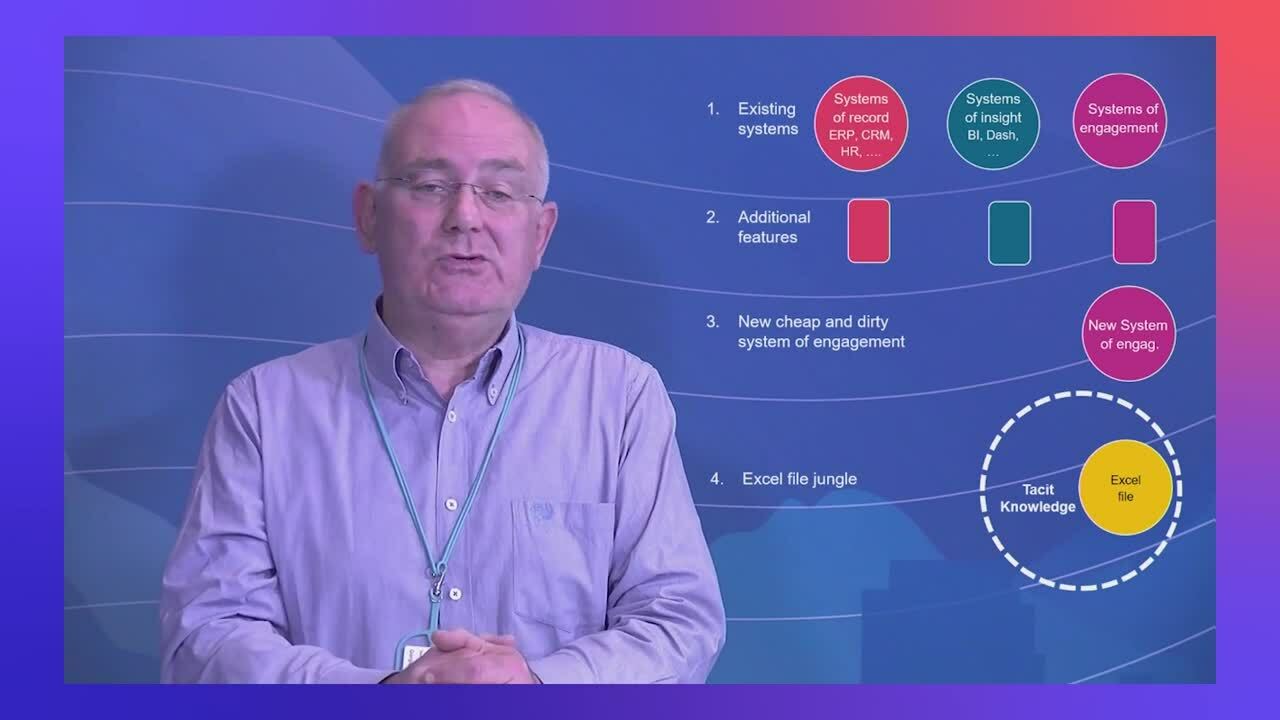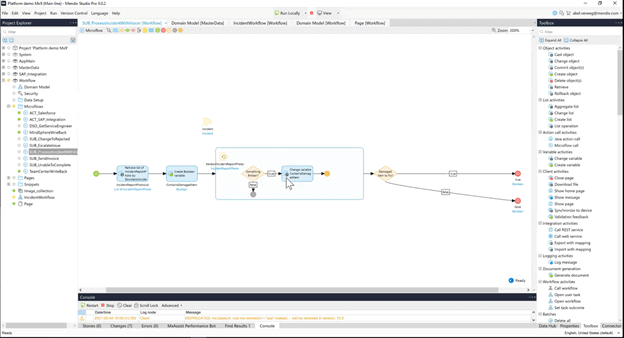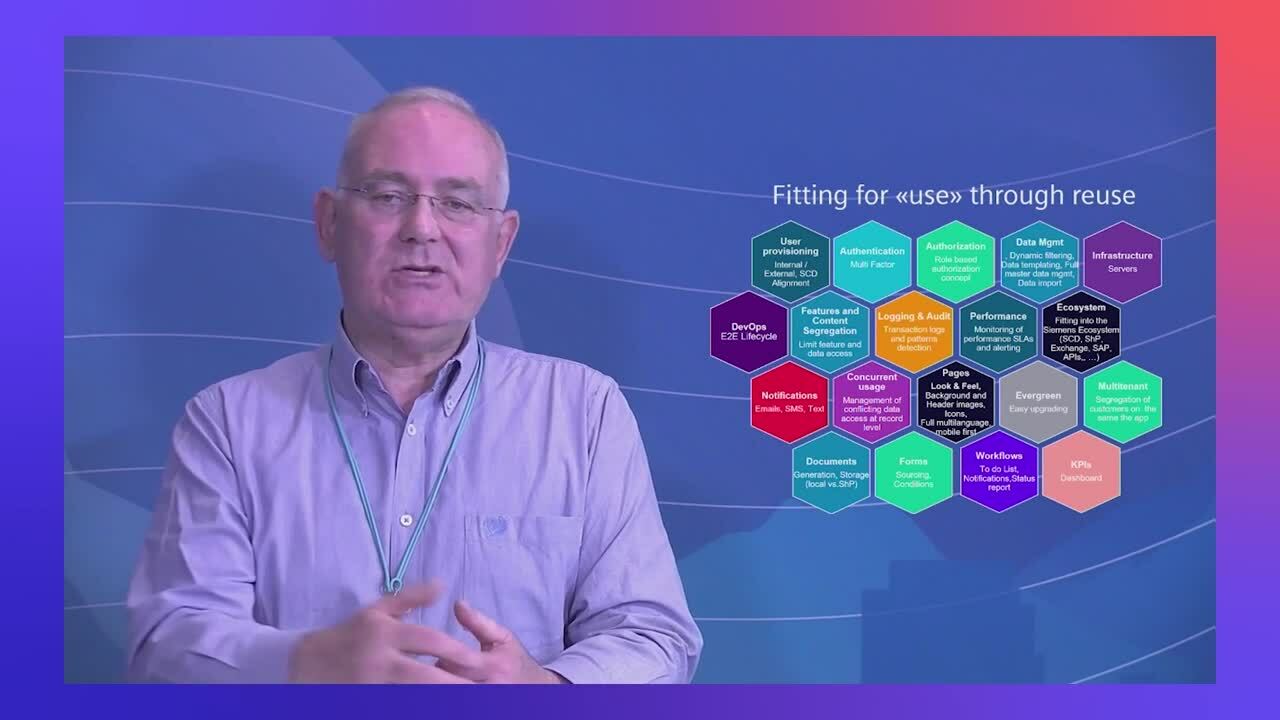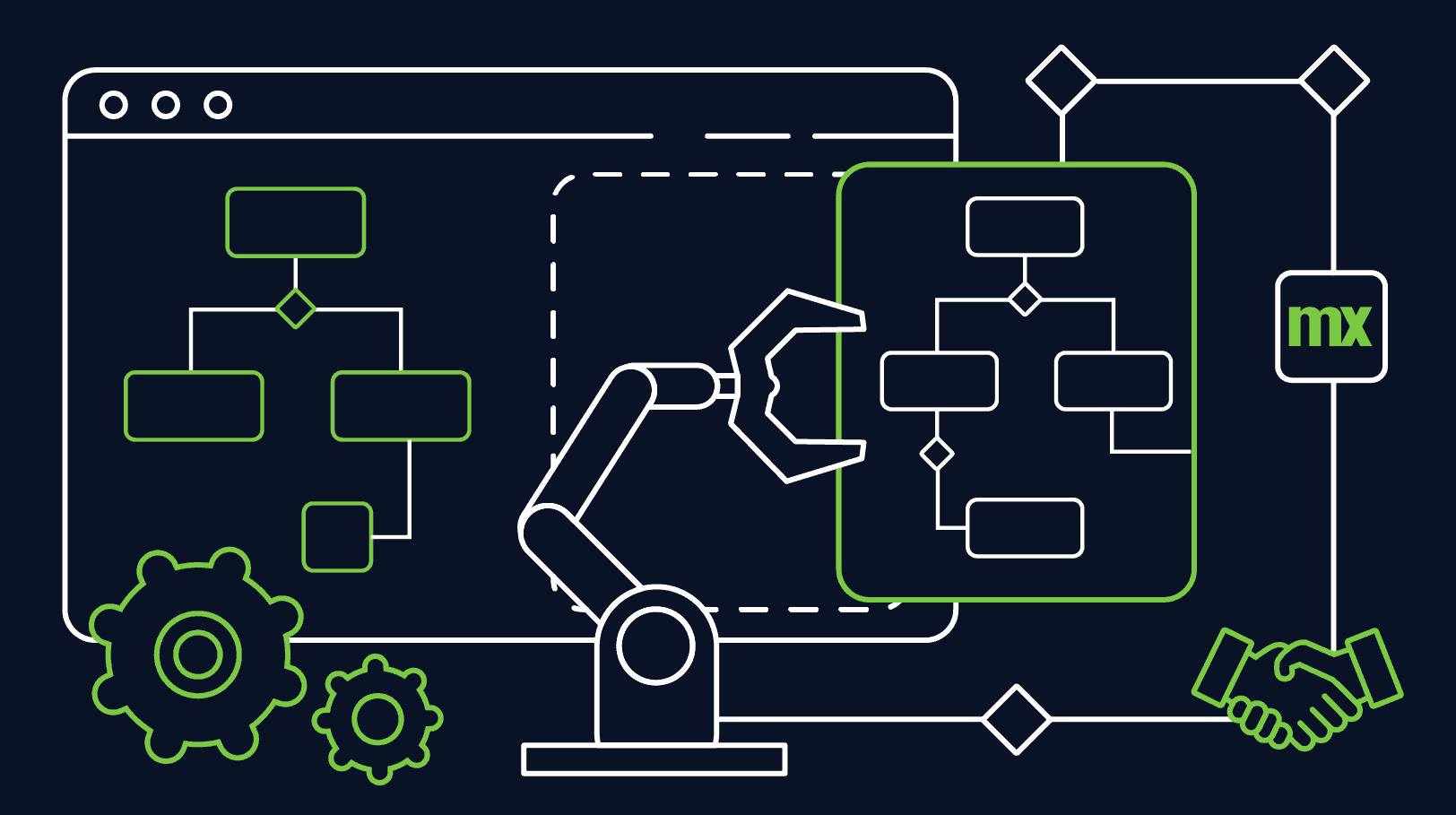“The Excel jungle.”
That’s what Giorgio Moia, IT Director at Siemens Regional Company Italy, calls the spreadsheet tangle of business processes he’s currently cutting through.
For Moia, the demand for process solutions outpaces the rate his team can develop them. As requests from the business come in, Moia and his team check to see if they can fulfill the demand with existing systems of record (ERP, CRM, etc.), systems of insight (BI, Analytics), or systems of engagement (local application, chat, file-sharing). Unfortunately, only 1 percent of the demand was fulfilled. Which means extending those systems with additional features (an action that only fulfilled 3 percent of demand) or buying or building custom software (just another 3 percent fulfilled). That leaves the remainder of the demand to be met by frustrated business users who decided to build the solutions they need themselves with the tools that they know: spreadsheets, databases, emails.
The result is nearly 1000 spreadsheets and versions of spreadsheets each representing a lack of explicit data and metadata that grows exponentially. With each new spreadsheet, the jungle grows darker and denser.

For Moia and many other IT professionals, this is the process problem, and it’s overtaking many organizations.
Forrester shows that 77 percent of enterprises still at least partially rely on paper processes, and 63 percent rely on Excel-type programs. The process problem can have major ramifications, too. Consider the Excel sheet that Moia discovered which was used to manage a million EUR per year deal, maintained by one person who just recently left the company. That one spreadsheet is just one of 54 legacy processes or applications that Siemens Italy needs to modernize.
Moia intends to solve this problem by building business process solutions with the Mendix Platform, specifically the brand-new Workflow editor. The Workflow editor visualizes business process logic and opens the development process to domain experts, simplifying the work that goes into managing complex data structures to build and modify business process applications.

Welcome to the Jungle
The process problem has many sides to it.
Using spreadsheets results in version control problems and data loss. Copying and pasting information from a system into a spreadsheet, vice versa, or one spreadsheet to another can be time-consuming. Inefficient processes can have a devastating time-consuming effect on organizations.
Think about it. How much does it cost to maintain all those processes in Excel? How much does it cost to have all those barriers that spreadsheets and other tools present? IDC posits that companies lose 20-30% in revenue every year because of inefficiencies.
Even when IT is accepting business process requests, the process problem rears its ugly head. When you create an application to manage business processes, the problem compounds. From the backend, you need to connect data, make sure the data used, inputted, and stored is secure and able to be shared. You also need to consider temporary data storage because you want to keep the core data in your systems of record clean. Then there’s the frontend, where you have to build out just how users will interface with the process. Then consider the third-party connectors you may want to include.
The process problem can even affect culture. Despite best intentions, miscommunications happen between the business and IT. The objective is shared: try and deliver the best experience in the most efficient way possible. The business can become frustrated when requests aren’t taken or met. It’s why they go out and build those spreadsheets in the first place. When they are being met, it takes time to showcase functionalities and make sure IT built them right. But it’s hard to see a business process in action when it’s lines and lines of code. It’s hard to give feedback and it’s hard to know if you implemented it correctly. These teams lack the right tool and approach.
Workflow enables you to quickly build process solutions within the Mendix Platform and cut through the jungle. With it, you can lower cost and effort and increase accessibility to make a business process solution. With Mendix, you know who built what, what version the application is on. You can build functionalities that you can re-use in other applications, reducing the cost and time it takes to build.
Why Workflow Works.
Siemens Italy has decided to automate its business processes, migrating as many systems of engagement and upgrading many excel files to enterprise-level solutions with Mendix.
Seeing through the trees
Partly why Moia wants to use Mendix’s new Workflow editor is that it makes building processes more accessible. An important aspect of getting business processes right is working with the domain experts who know them inside and out. Those domain experts might not realize that code translates into a workflow. It may be a reason why users continue to make more Excel vines and digital tendrils. Spreadsheets are easy to read and understand. The screen capture below? Not so much.

Domain experts will have an easier time with microflows, but even that may get lost in translation.

What Workflow does is it speaks domain experts’ language. That microflow above, is this workflow shown below in the Mendix 9 version of Studio Pro. It’s easy to see which action leads to the next branch. For developers who need to show their work to the business stakeholders at, say, a standup meeting, this is an easy-to-see way of not only presenting the workflow, but also editing it. Seeing a business process application laid out like this makes for an inclusive and, as Moia calls it, “engaging development process.” The more usable and communicable the workflow, the less reliant users become on spreadsheets.

Using the right tools
Another aspect of Mendix that has helped Moia start to clear away the dense, spreadsheet overgrowth is reusability. Many systems of engagement have common features. That is, even though processes may be different, they tend to use a lot of the same components like forms, documents, or notifications. The apps that run those processes may have common features as well, like user provisioning, pages, system of record integration, and data management for example. Building a business process application in an all-in-one low-code platform like Mendix enables you to re-use these parts for other applications.
Creating a library of these reusable building blocks gives Moia the ability to make sure that all process applications have a consistent user experience (i.e., common styling and widgets) and embed corporate features that fit with Siemens’s security best practices.

A lack of speed and momentum is what dropped Siemens Italy into the dark spreadsheet snarl. With reusability and inclusive collaboration, Moia and team have a new-found speed. Speaking a common language between business and IT immediately gets business users involved (and hooked) into the development process. This results in faster iteration, which then turns into production momentum. On top of that, the reuse of components means that you’re spending less time building from scratch features that belong in every application anyway.
Clearing the Way
Moia is well underway to meet his goal of delivering these applications. Thus far he and his team have seven applications in production, only after 6 months. Aided by the starter pack, Moia aims to take on digitizing and automating 100 applications in the coming year. With every new application that Moia builds, another path is cleared in the Excel jungle.
Watch the demo of how Moia’s going to turn those spreadsheets into mobile apps with Workflow.

